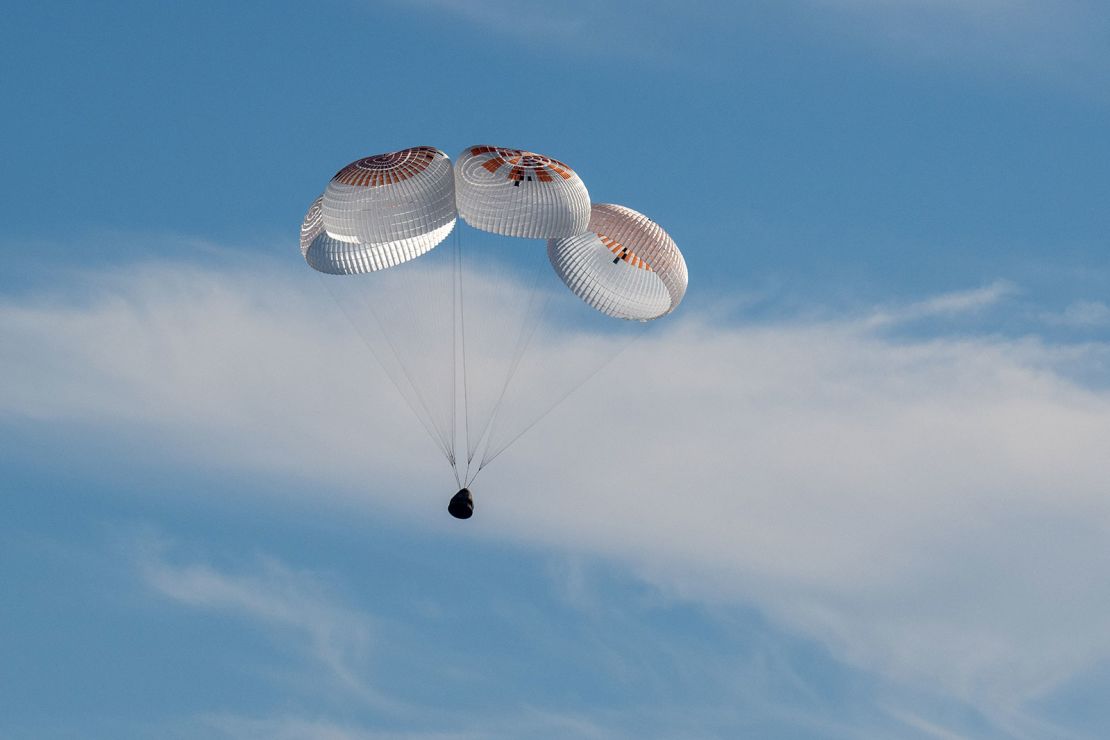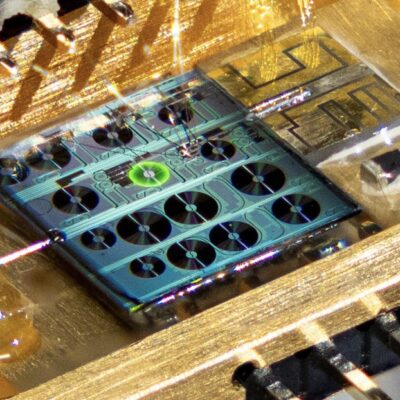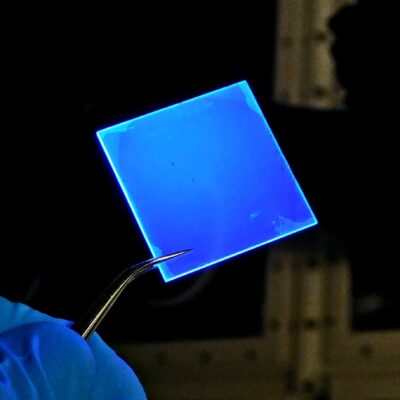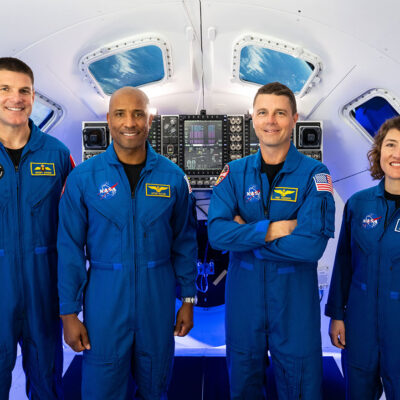After nearly five months aboard the International Space Station (ISS), SpaceX’s Crew-10 astronauts safely returned to Earth on Saturday, August 9, marking the end of another milestone mission for NASA’s Commercial Crew Program (CCP). The crew’s Dragon Endurance capsule splashed down in the Pacific Ocean off the coast of California at 11:33 a.m. EDT (1533 GMT), concluding a journey that began in mid-March.
“It was truly the ride of a lifetime,” said mission commander Anne McClain, moments after splashdown, expressing gratitude on behalf of the entire crew. This was the first time a NASA Commercial Crew mission ended in the Pacific Ocean, part of SpaceX’s new strategy to conduct all crewed and uncrewed Dragon reentries on the U.S. West Coast. The change is aimed at reducing the risk of falling debris impacting populated areas.
The Crew and Their Mission
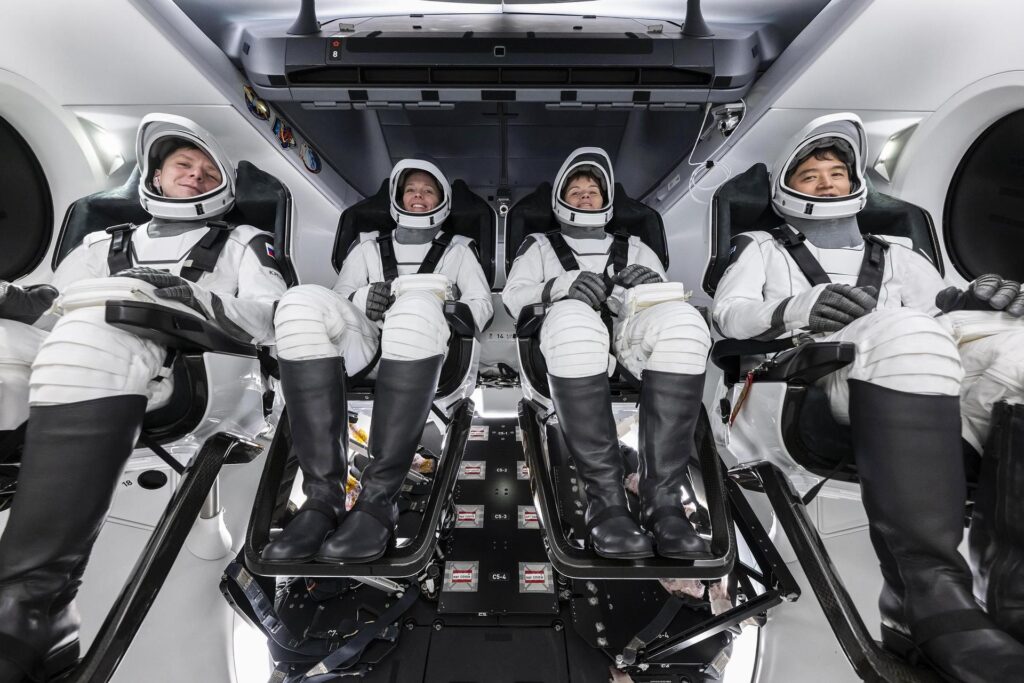
Crew-10 was the 10th operational astronaut mission SpaceX has flown for NASA, launched atop a Falcon 9 rocket on March 14, 2025. The four-person crew included:
- Anne McClain (NASA) – Commander, on her second spaceflight.
- Nichole Ayers (NASA) – Pilot, making her first trip to space.
- Takuya Onishi (JAXA) – Mission specialist, on his second spaceflight.
- Kirill Peskov (Roscosmos) – Mission specialist, debuting in orbit.
They docked with the ISS on March 16, quickly diving into a packed schedule of experiments and station operations. Their work ranged from studying how spaceflight alters human physiology to testing navigation techniques for future lunar missions. They also investigated blood flow dynamics between the brain and heart in microgravity and examined cognitive performance changes over long-duration missions.
A Productive Tour in Low Earth Orbit
Over their stay, Crew-10 contributed to research critical for the upcoming Artemis missions and future deep-space exploration. According to NASA, their studies provided new insight into astronaut health, spacecraft navigation, and mission planning for environments beyond Earth orbit.
Ayers reflected on their time in space during a farewell ceremony earlier this month:
“We got to accomplish a lot of really amazing operational things. We saw incredible views, had big belly laughs, and shared unforgettable moments together. We’re leaving with hearts full of gratitude.”
Onishi also served as commander of Expedition 73 from April until August 5, when leadership of the ISS transitioned to Russian cosmonaut Sergey Ryzhikov.
Preparing for the Journey Home
The departure process began on August 2, when the incoming Crew-11 astronauts arrived at the station. The two crews spent several days conducting handover briefings and joint operations to ensure a seamless transition. On August 8 at 4:20 p.m. EDT (2020 GMT), the hatches between the ISS and Endurance were sealed, and the capsule undocked about two hours later.
From there, Endurance executed a series of maneuvers to align for reentry. The final descent through Earth’s atmosphere was followed by parachute-assisted splashdown in the Pacific — a smooth end to a mission that spanned nearly 150 days in space.
A Milestone for SpaceX’s Commercial Crew Program
While this was not SpaceX’s first Pacific splashdown — private missions like Axiom 4 and Fram2 have done so earlier this year — it was the first for an operational NASA crew mission. It also showcased SpaceX’s increasing flexibility in landing zones, a capability that could prove essential for future high-traffic spaceflight schedules.
Crew-10 also marks a continued demonstration of international collaboration, with NASA, JAXA, and Roscosmos all represented on board. For Ayers and Peskov, the mission was their first taste of space travel; for McClain and Onishi, it was a return to familiar territory, yet with new challenges and achievements.
Looking Ahead
Now back on Earth, the astronauts will undergo medical checks, debriefings, and rehabilitation to help their bodies readjust to gravity after months in microgravity. The data and samples they’ve returned will fuel ongoing studies and future missions, ensuring that the science conducted aboard the ISS continues to benefit both human spaceflight and life on Earth.
As NASA’s Commercial Crew Program pushes toward longer and more complex missions — and as international cooperation remains central to ISS operations — Crew-10’s safe return stands as another example of how far modern space travel has come.
With the next rotation already in place and preparations for upcoming Artemis-related activities underway, the lessons learned from Crew-10 will ripple far beyond their five months in orbit, influencing missions to the Moon, Mars, and beyond.

